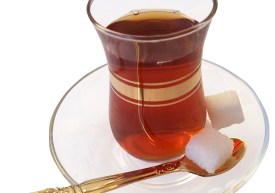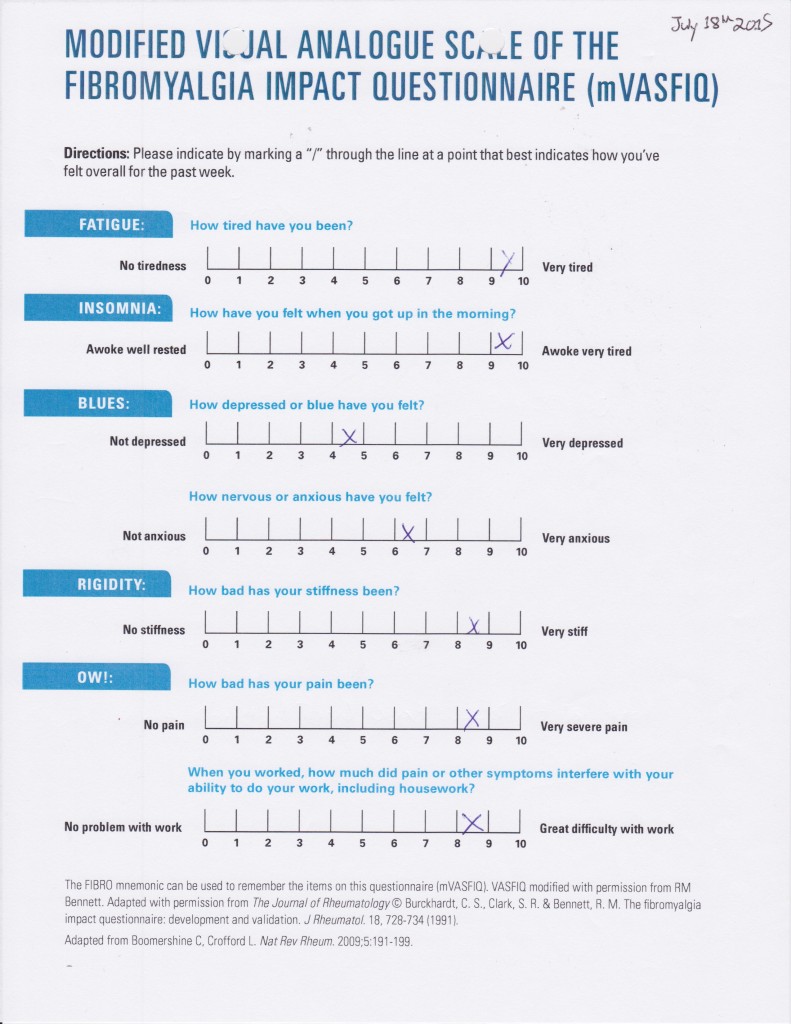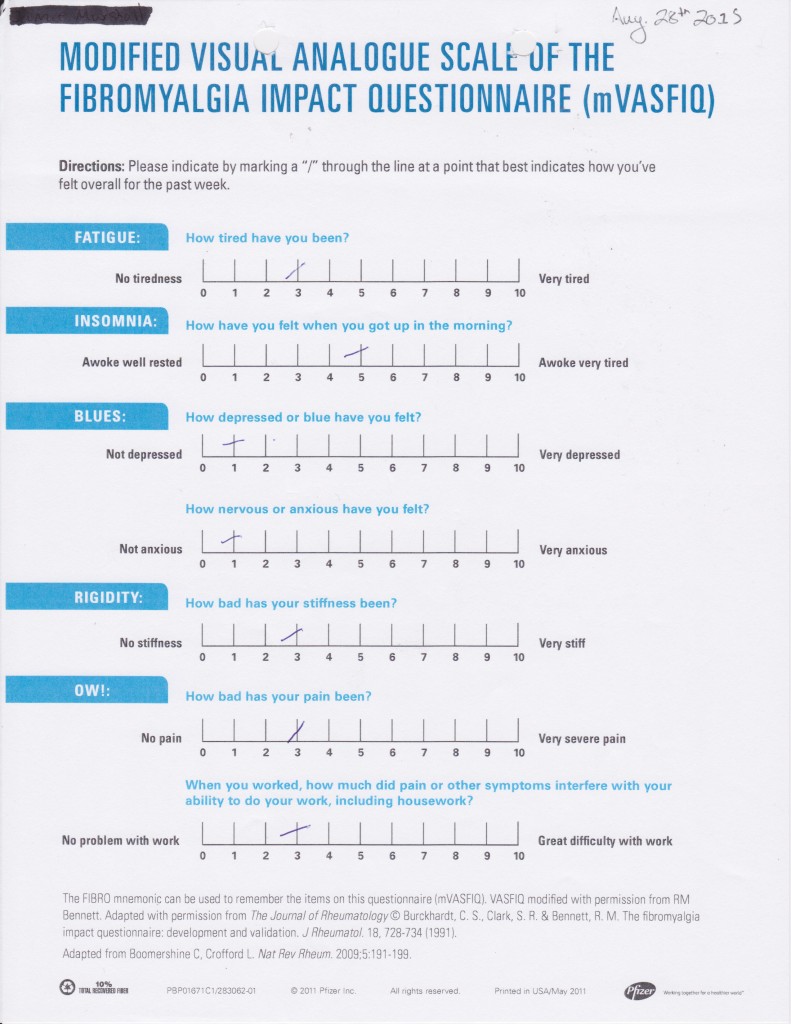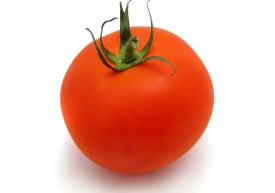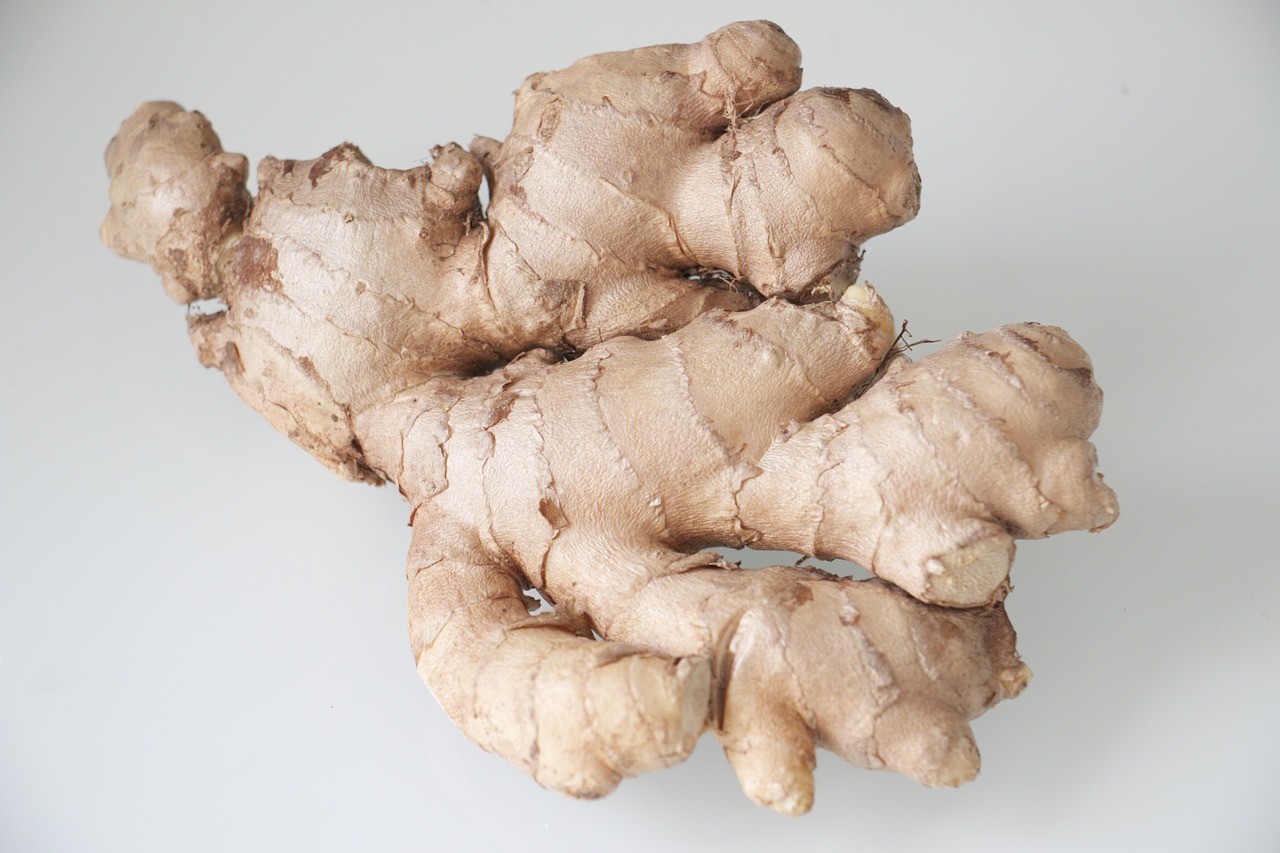Like a fine wine, Pu-erh is a variety of tea that is often better with age. Pu-erh is a post-fermentation tea, typically produced in the Yunnan province of China. The tea derives its name from Pu-er county in Yunnan, where trading of this fermented tea took place during imperial China. Pu-erh tea begins it’s life much like green tea but undergoes the process of pressing (compacting the tea into round or brick-like shapes) and then fermentation. Raw Pu-erh has not been artificially fermented and therefore must be aged for several years allowing bacteria and fungi to slowly act of the tea leaf breaking down and transmuting many of the compounds and enzymes in the tea. Ripened Pu-erh is a relatively recent invention where the tea leaf undergoes special processing to mimic aged Raw Pu-erh. Moisture, heat and rotation are some of the conditions employed on the tea in order to accelerate the process of fermentation. A good Pu-erh requires the right amount of aging and the right strains of bacteria and fungi for fermentation. The taste is distinctively earthy with many subtleties.
Much like wine, Pu-erh tea ranges in its quality and vintage. Pu-erh can range from 3-months to 100 years old. Most enthusiasts will agree that the very young or the very old Pu-erh is the best, the middle years are sometimes referred to as “awkward”. Usually a raw Pu-erh will start to develop it’s mature taste after 5 years of aging. Buying Pu-erh can be difficult for the westerner as most authentic Pu-erh (must come from Yunnan to be considered authentic Pu-erh) has little to no english on the package. The best way to ensure that you are getting the quality you’re interested in is to develop a relationship with a tea distributer or manufacturer who is knowledgeable on the subject. There is a Pu-erh out there for every palate and every pocketbook.
Pu-erh tea has been a favourite of monks and is a common ingredient of many health promoting elixirs in China. The fermentation process endows this tea with slightly different compounds than green or black tea and therefore deserves its own scientific investigation. When tea undergoes fermentation, such as is the case with Pu-erh, some health promoting compounds are lost (such as catechin antioxidants); however, others are gained. Recent research has revealed that the concentration of gallic acid (an anti-microbial), a compound called theabrownin, various polysaccharides and enzymes are increased in fermented tea.
Scientific studies performed in the last decade have demonstrated Pu-erh tea to have antimicrobial, fat busting and cholesterol reducing properties. The Journal of Agricultural Food Chemistry published a study demonstrating that a Pu-erh tea extract (PTE) had an antiviral effect on hepatitis B virus (HBV). The PTE had the ability to suppress the replication of virus DNA, while also exerting antioxidant effects inside cells affected by the virus. The researchers could not pinpoint the exact components that made PTE effective but conclude that it is likely due to a combination of compounds working together. The importance of this study is enhanced due to a small amount of substances currently available to treat HBV.
The journal Nutrition Research published a research paper in June of 2011 investigating the weight reducing effects of Pu-erh tea extract. 36 pre-obese Japanese adults were followed in a 12-week double blinded placebo controlled comparison study. The subjects ingested a barley tea with or without PTE (333mg) before each of three daily meals. The group taking PTE had a reduction in weight and body mass index (BMI) compared to the placebo group. The reductions in weight and body mass were only evident after 8-weeks on the PTE. Computed tomography demonstrated the the PTE group had a significant reduction in visceral fat after 12 weeks. There were no adverse reactions in the PTE treated group. The authors speculate that the weight reducing properties of PTE may be due to the high gallic acid content since prior research has demonstrated gallic acid to have anti-obese effects in animals.
Theabrownin (TB) is another compound found exclusively in Pu-erh tea that has recently been shown to have cholesterol and fat lowering properties. A study in 2010 demonstrated that increases in triglycerides, total cholesterol, LDL cholesterol and decreases in HDL cholesterol (also known as good cholesterol) were prevented in rats who were fed a high fat diet and supplemented with TB versus rats fed a high fat diet with no supplemental TB. The content of cholesterol and bile-acids found in the feces of the rats with supplemental TB was significantly higher than that of those rats with no supplemental TB. This suggests that TB could promote the transformation and excretion of dietary cholesterol. Therefore, TB and Pu-erh tea may be a promising supplement in the treatment of high cholesterol.
For centuries, Pu-erh tea has been touted as a great digestive aid. A scientific study in 2010 investigated the molecular composition of polysaccharides isolated from Pu-erh tea. Due to the fermentation process the content of water soluble polysaccharides was increased as well as the content of digestive enzymes including: cellulase, pectinase, and glucoamylase. In theory these enzymes may aid with the the digestion of certain foods when taken with a meal, thus reducing gas and bloating.
While all tea (Chamellia Sinensis) has health promoting qualities, different ways of preparing tea, endow it with slightly different properties. Recent research suggests that the fermentation process that Pu-erh tea undergoes gives this tea a slightly higher complement of gallic acid, polysaccharides and hydrolase enzymes. These compounds have been demonstrated to be useful in weight reduction, intestinal gas reduction and as an antimicrobial. There are no reported adverse effects with drinking this tea aside from those associated with caffeine intake. If you choose to age Pu-erh yourself, many experts recommend a clay pot (to allow the tea to breathe) and to store in a cool dry place away from other odours (as tea will take on odour it is exposed to). If in a compacted form, the tea can be broken up with a knife “called activating the tea” if stored for short term but should be kept in compacted form if storing for over 5 years. The consumption and collection of Pu-erh can quickly become a healthy hobby.

